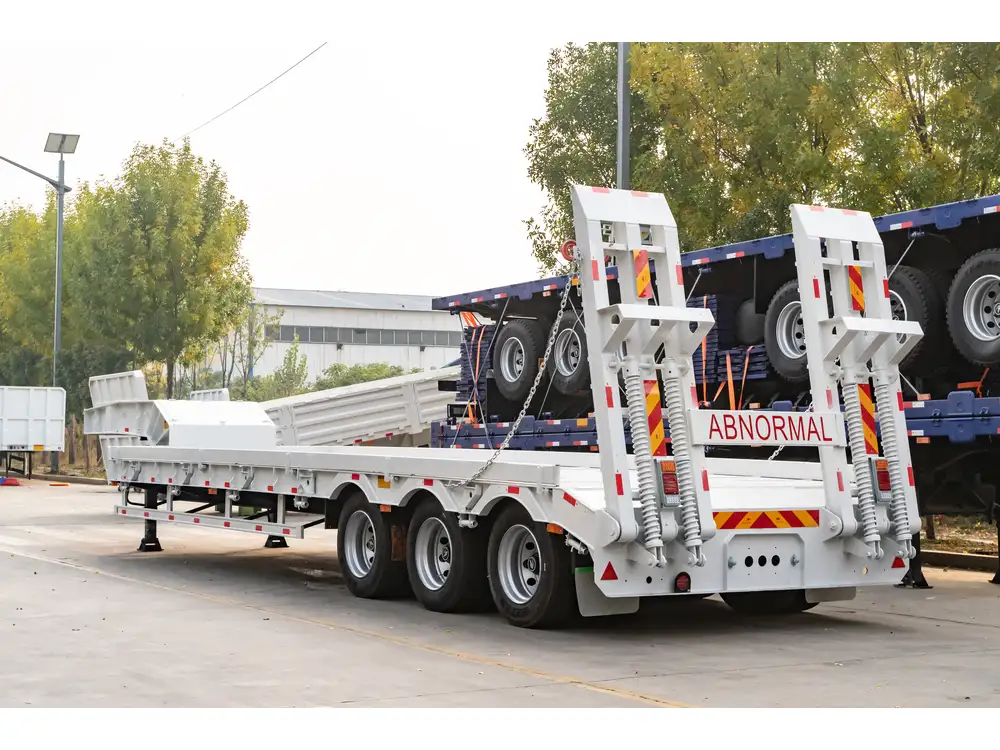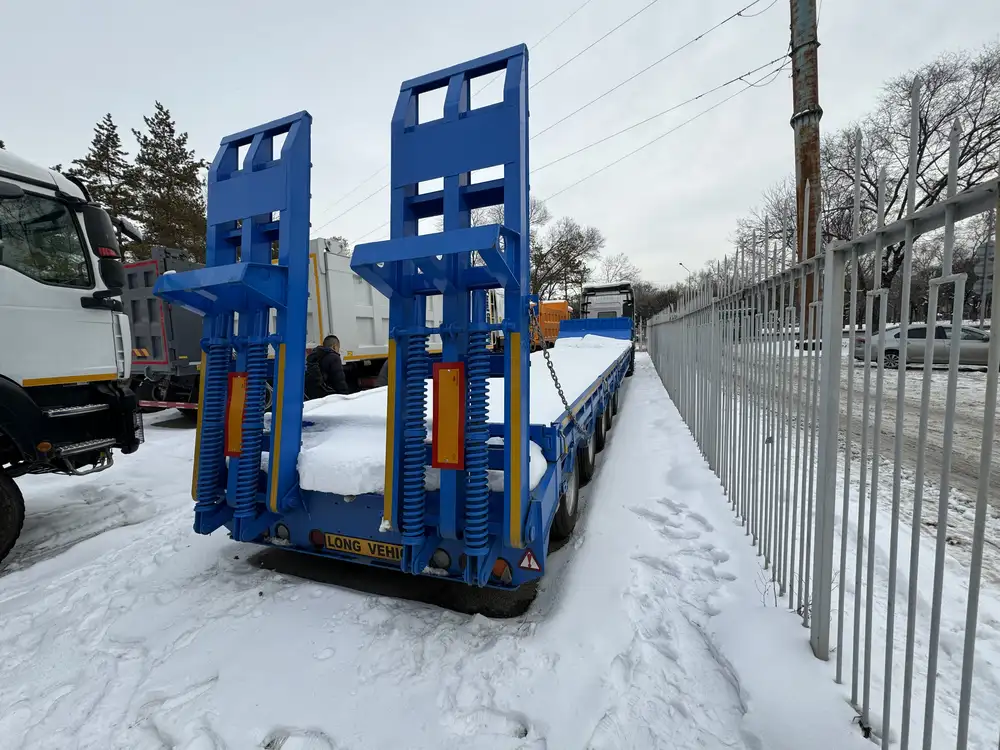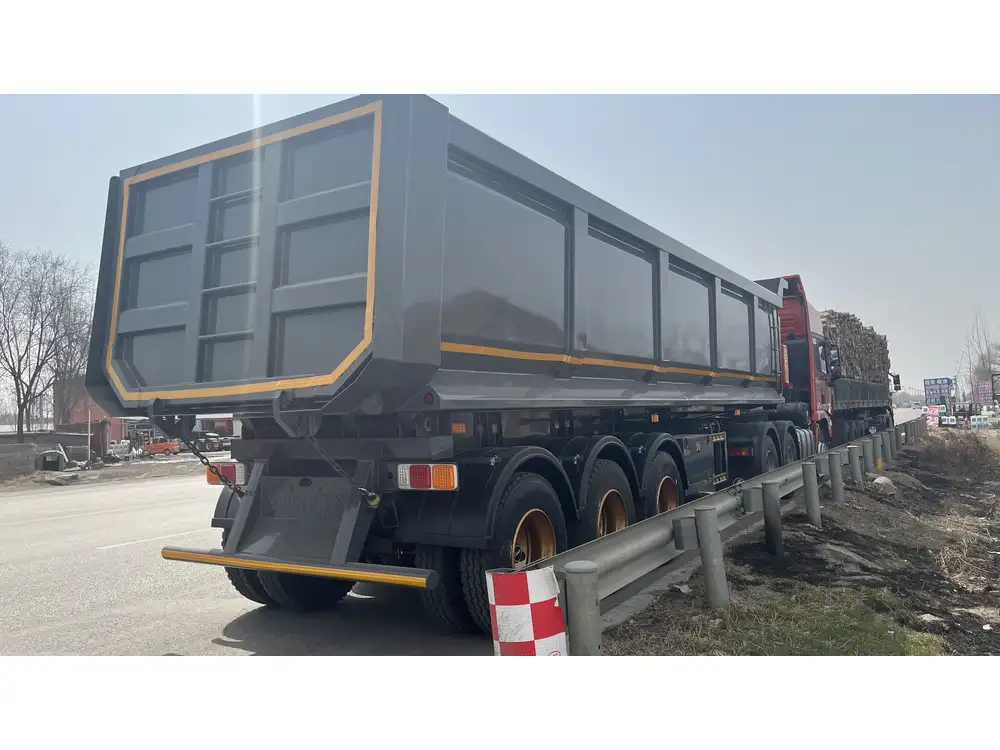Introduction to the Mark 1 Tank
The Mark 1 Tank, a revolutionary vehicle designed during World War I, represented a significant leap forward in armored warfare. Introduced in 1916 by the British Army, it featured a unique rhomboid shape and was crucial for overcoming the challenges posed by entrenched enemy positions. However, one noteworthy aspect that often piques the interest of historians and military enthusiasts alike is the versatile nature of its trailer.
1. The Design and Functionality of the Mark 1 Trailer

1.1 Structure and Specifications
The trailer attached to the Mark 1 Tank was engineered for specific operational needs. Its design allowed for flexibility and adaptability in various combat conditions. Let’s examine its structure in detail.
| Feature | Specification |
|---|---|
| Type | Support trailer |
| Weight Capacity | Up to 1 ton |
| Length | Approximately 5 meters |
| Width | Approximately 2 meters |
| Materials Used | Steel frame, wooden flooring |
1.2 Roles and Applications
The multi-functional roles of the Mark 1 Tank’s trailer included the transportation of supplies, personnel, and equipment. Given the tank’s deployment in harsh battlegrounds, its trailer was instrumental in ensuring operational efficiency. Here are some key roles:
- Transporting Ammunition: The trailer facilitated the movement of artillery shells and other munitions directly to the front lines.
- Carrying Fuel: It housed fuel supplies, crucial for keeping the tank operational during extended campaigns.
- Troop Movement: Allowed for the transportation of infantry alongside the tank unit, enhancing combined arms operations.
2. Historical Context and Development

2.1 The Genesis of the Mark 1 and Its Trailer
The creation of the Mark 1 Tank arose from the urgent need for breakthroughs in trench warfare, where traditional methods were proving ineffective. As military technologists started to envision armored vehicles, the trailer developed concurrently to optimize logistical support for these tanks.
2.2 Evolution Through War
Throughout World War I, the Mark 1 Tank and its trailer evolved in response to battlefield feedback. Innovations such as reinforced support structures and enhanced weight distribution became essential, reflecting the fast-paced advancements in military technology.
3. The Operational Impact of the Trailer

3.1 Enhancing Mobility and Flexibility
One of the vital contributions of the trailer was its ability to transform a static combat unit into a mobile force. Considerations of mobility included:
- Tactical Maneuverability: Integrated logistics allowed for quick repositioning, essential when responding to enemy advances.
- Improved Supply Lines: The ability to transport supplies directly affected offensive and defensive operations.
3.2 Real-World Implications: Case Studies
During the Battle of the Somme, the effective use of trailers for logistical purposes proved critical. Many none combatants were able to be evacuated due to effective transport logistics set up by the trailers attached to the Mark 1 Tanks.
4. Comparison with Other Military Trailers

4.1 Trailer Variants in Armored Warfare
In enhancing our understanding, it is useful to compare the Mark 1 trailer with other contemporaneous military trailers.
| Feature | Mark 1 Tank Trailer | Modern Military Trailers | Other WWI Trailers |
|---|---|---|---|
| Weight Capacity | 1 ton | Up to 3 tons | 0.5 to 1 ton |
| Design | Fixed, attached | Detachable | Fixed, connected |
| Material | Steel, Wood | Armor Composite | Wood/Bronze |
4.2 Advantages and Disadvantages
Advantages:
- Enhanced storage and transportation capabilities in the battlefield.
- The ability to perform under varied environmental conditions.
Disadvantages:
- Weight constraints limited the payload capacity.
- Inefficiencies during rapid maneuvers due to the fixed nature of the design.
5. The Strategic Importance of the Trailer

5.1 Logistical Backbone of Armored Units
The Mark 1 Tank’s trailer was not merely an accessory, but a strategic component of armored operations. Its utility transformed supply chain logistics, allowing for sustained engagements during critical phases of battle.
5.2 Supporting Infantry Operations
By facilitating closer coordination between tanks and infantry, the trailer helped address the challenges of combined arms warfare. The following lists potential outcomes:
- Increased Effectiveness: Close support to infantry units resulted in deeper penetration into enemy lines.
- Enhanced Morale: Assured availability of supplies contributed to the sustained morale among troops.
6. The Legacy of the Mark 1 Trailer

6.1 Influence on Future Military Trailers
The Mark 1 Tank trailer set a precedent for the design and functionality of future military trailers. Subsequent designs drew inspiration from its adaptability and logistical efficiency, paving the way for modern military engineering.
6.2 Lessons Learned and Innovations
Key lessons from the Mark 1 Tank’s operational history include:
- The importance of integrating mobility with logistical support for effective combat power.
- Continuous innovation is vital for adapting to the ever-evolving landscape of warfare.
6.3 Importance in Modern Warfare
While technology has advanced significantly since the days of World War I, the principles seen in the Mark 1 trailer resonate through to today’s military logistics strategies. Modern armored and logistic units continue to hone these foundational concepts.

Conclusion
The trailer on the Mark 1 Tank represents not just a component of the vehicle, but a cornerstone of logistical and operational success in early mechanized warfare. Its design, role, and impact are testimonies to innovation in military engineering, highlighting the necessity of integrating mobility and supply efficiency in combat scenarios. Understanding its significance helps pave the way for appreciating the evolution of armored warfare equipment that continues into today’s armed forces.
References for Further Reading
- Historical analyses of armored warfare.
- Military logistical strategies and their evolution.
- Detailed study of World War I armored vehicles.
This comprehensive exploration of the trailer on the Mark 1 Tank elucidates its multifaceted contributions to military operations and paves the way for an enhanced understanding of armored personnel transport in historical contexts.



